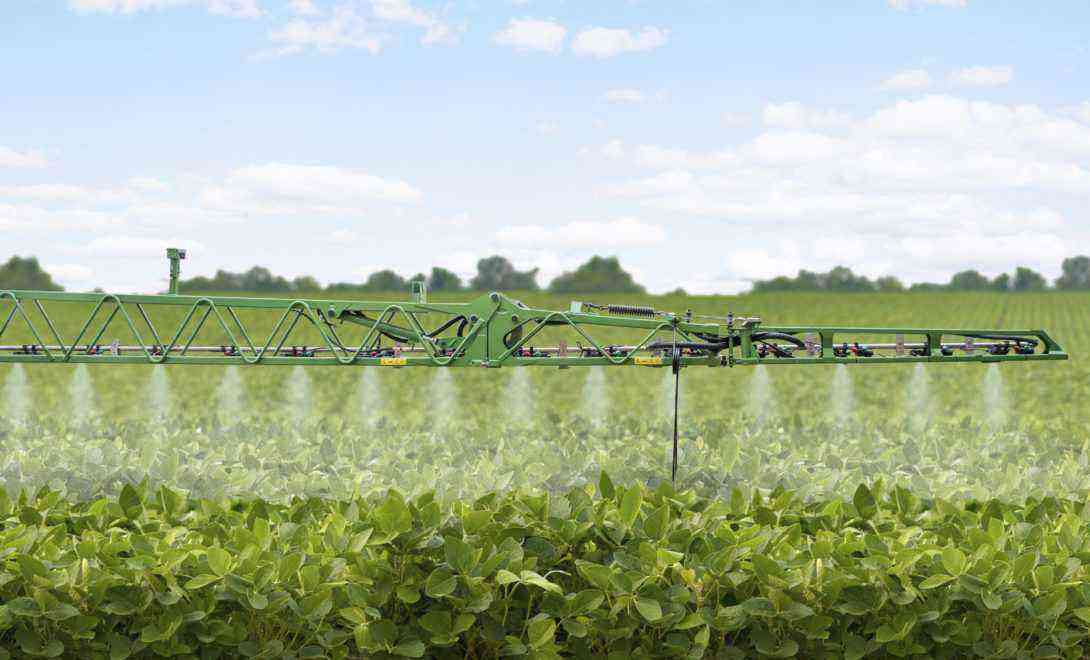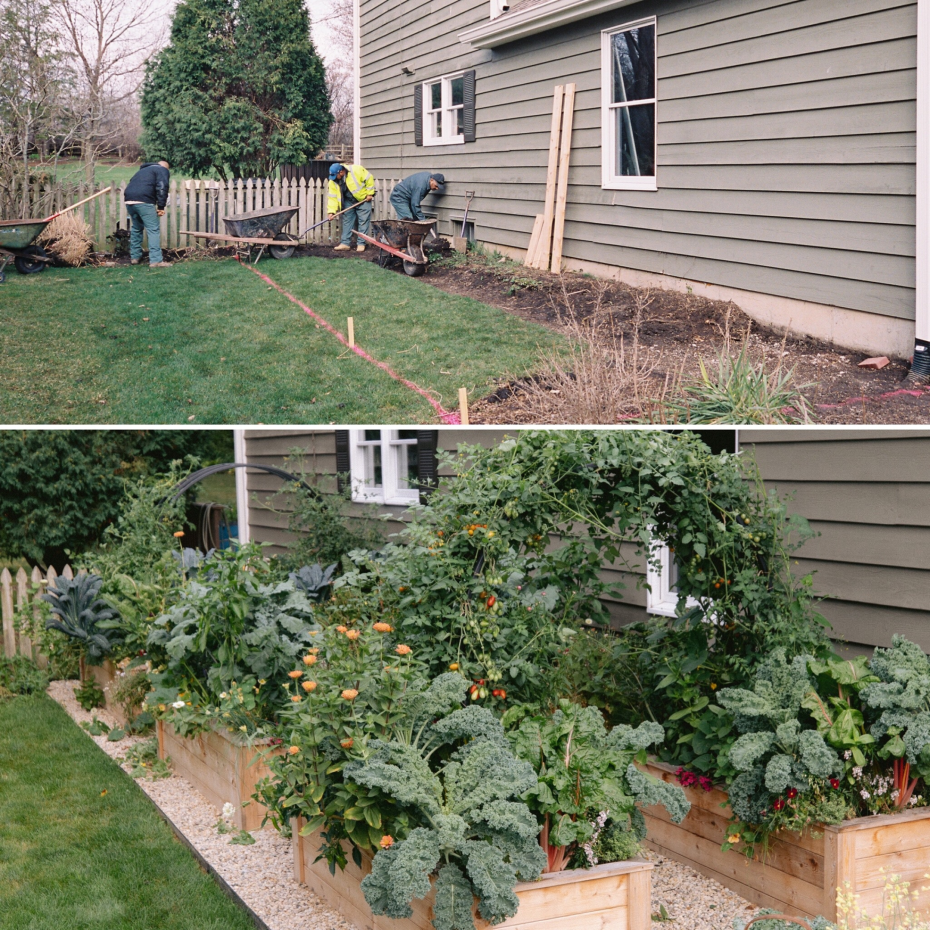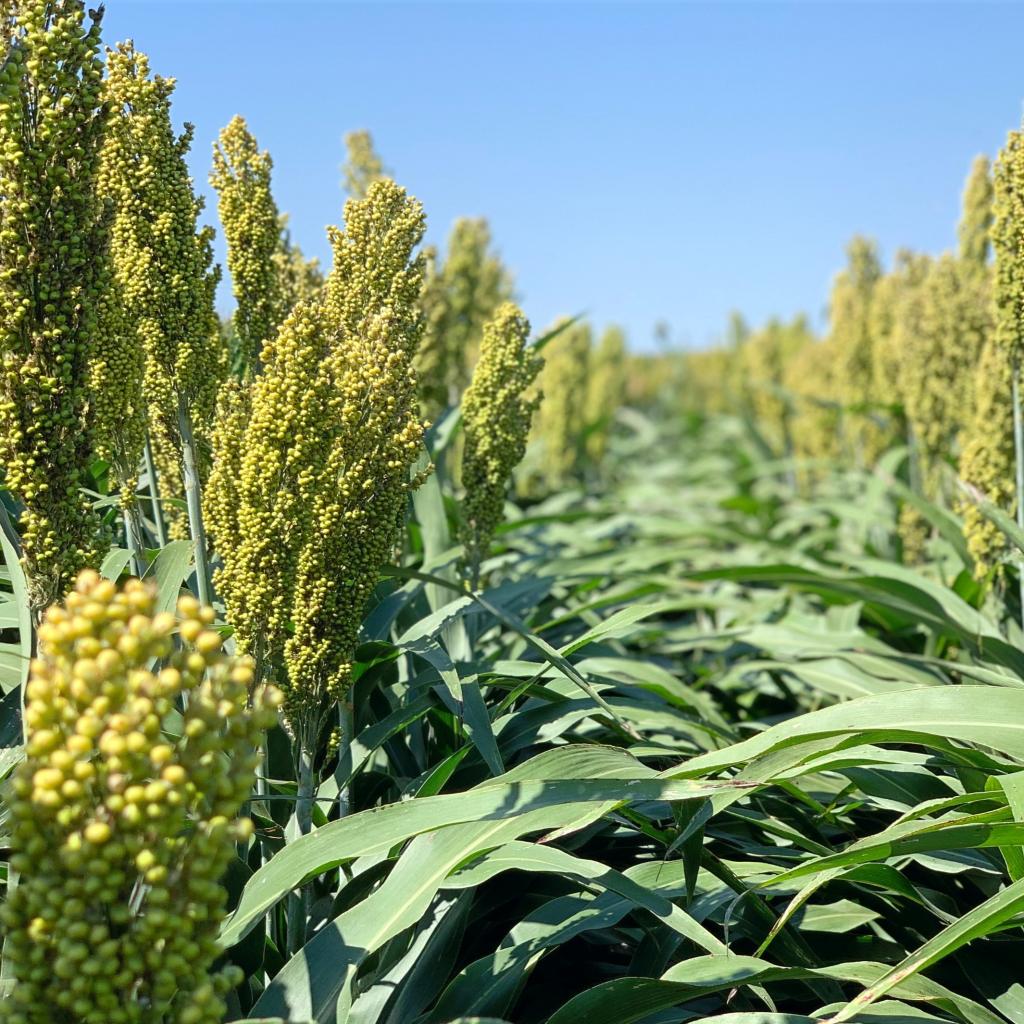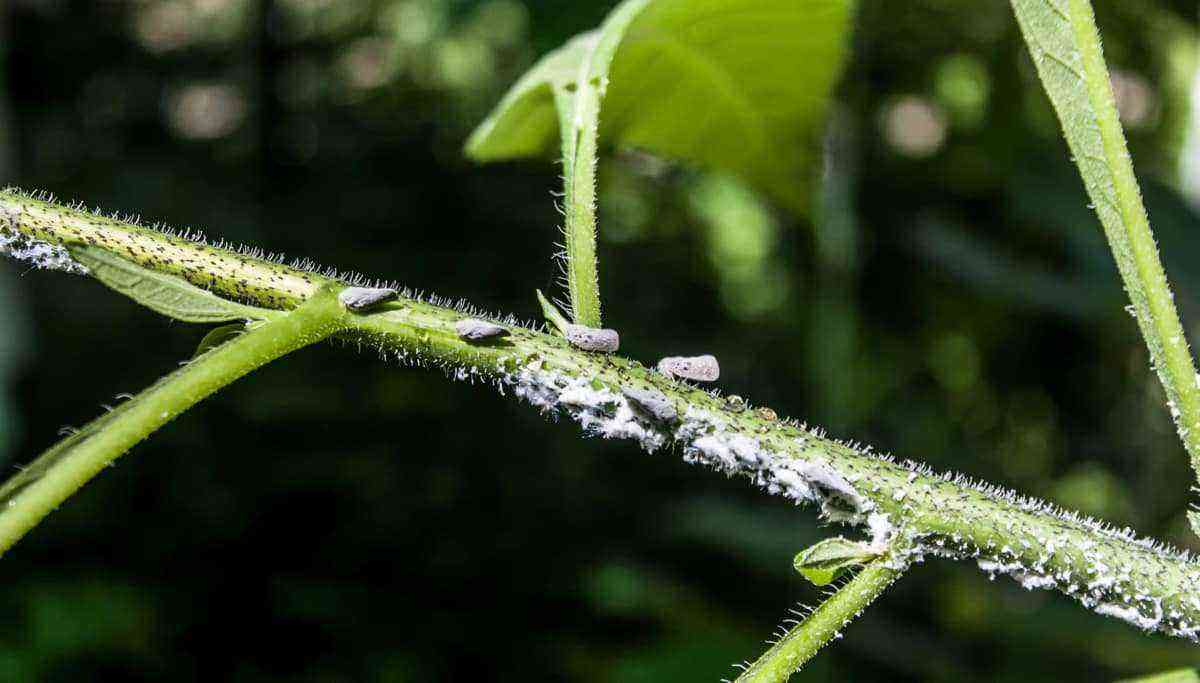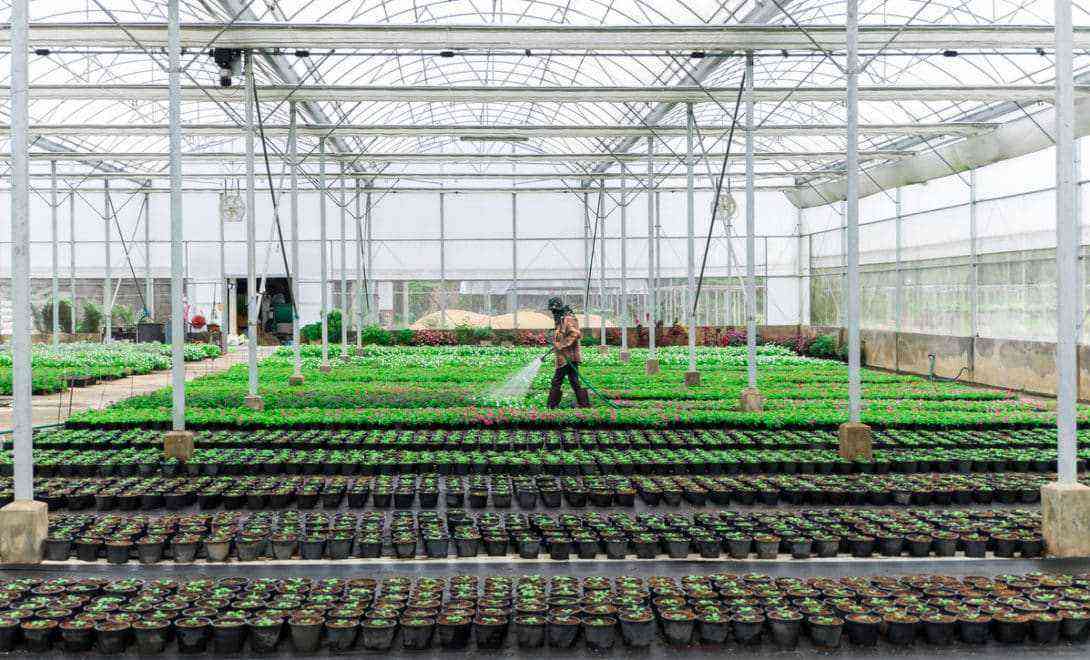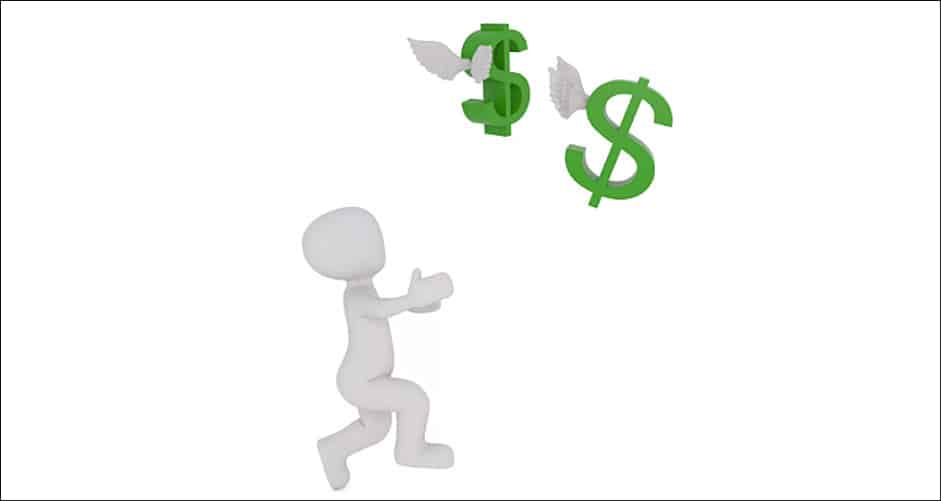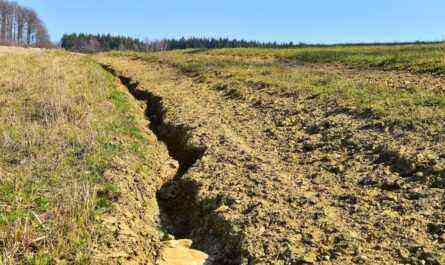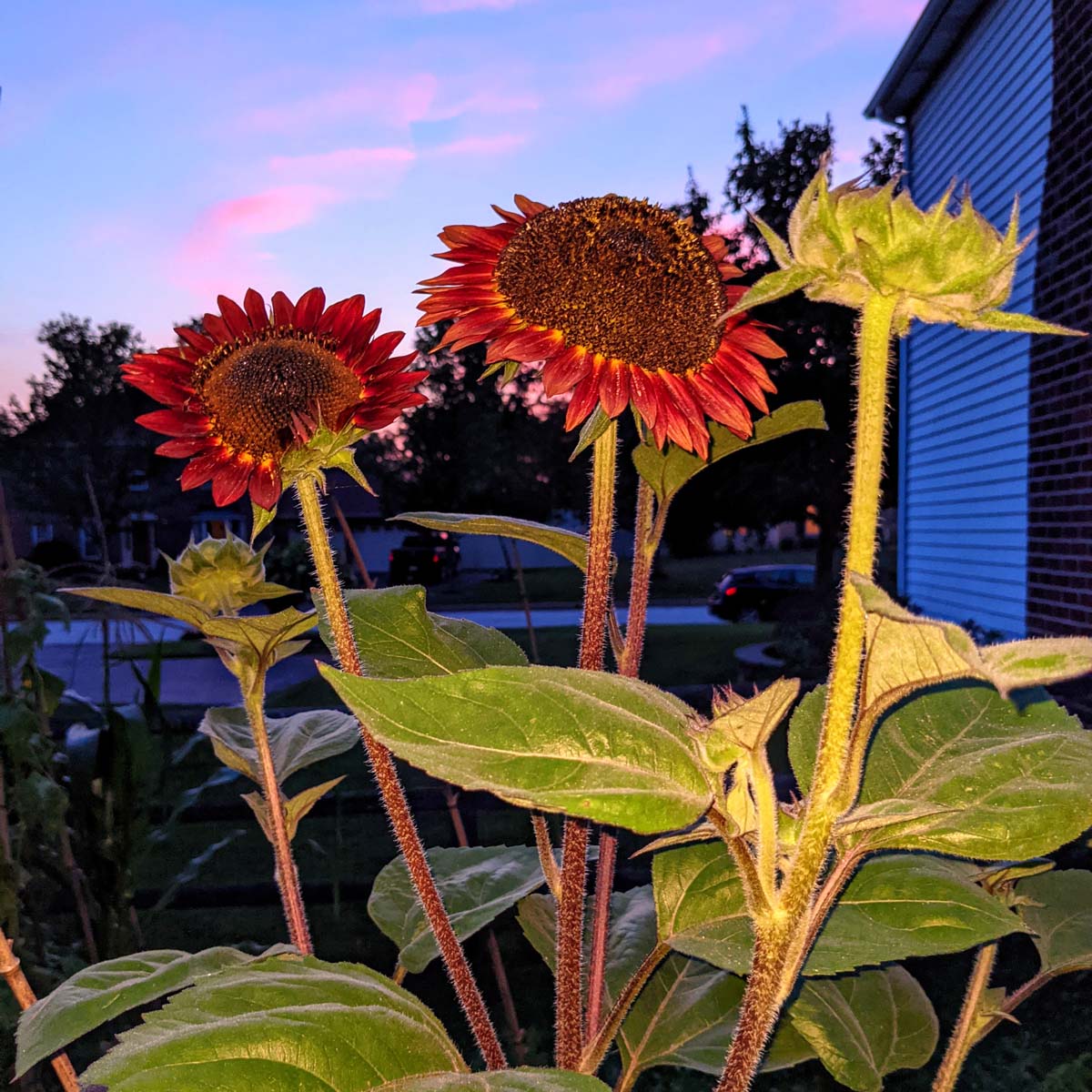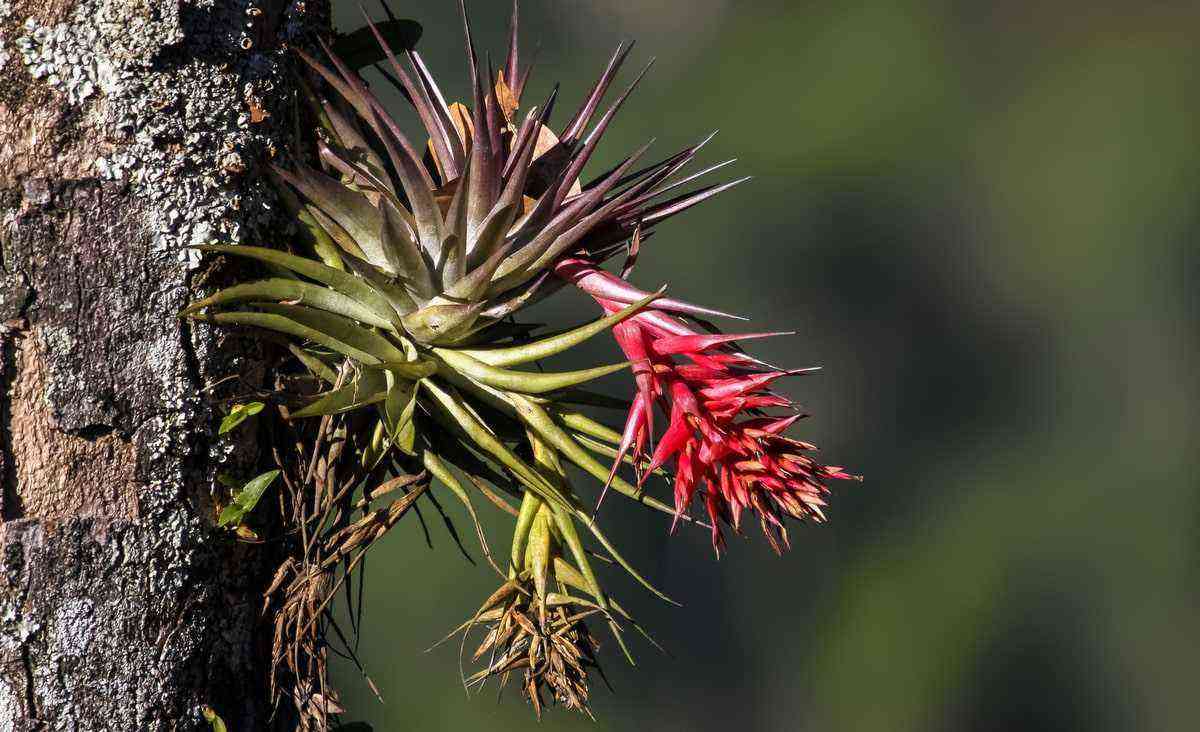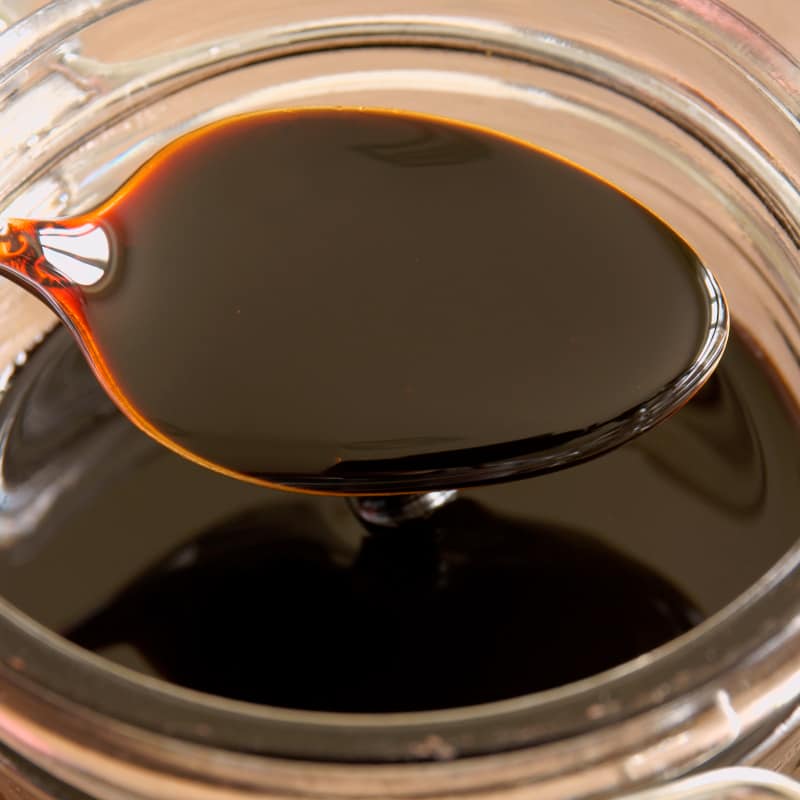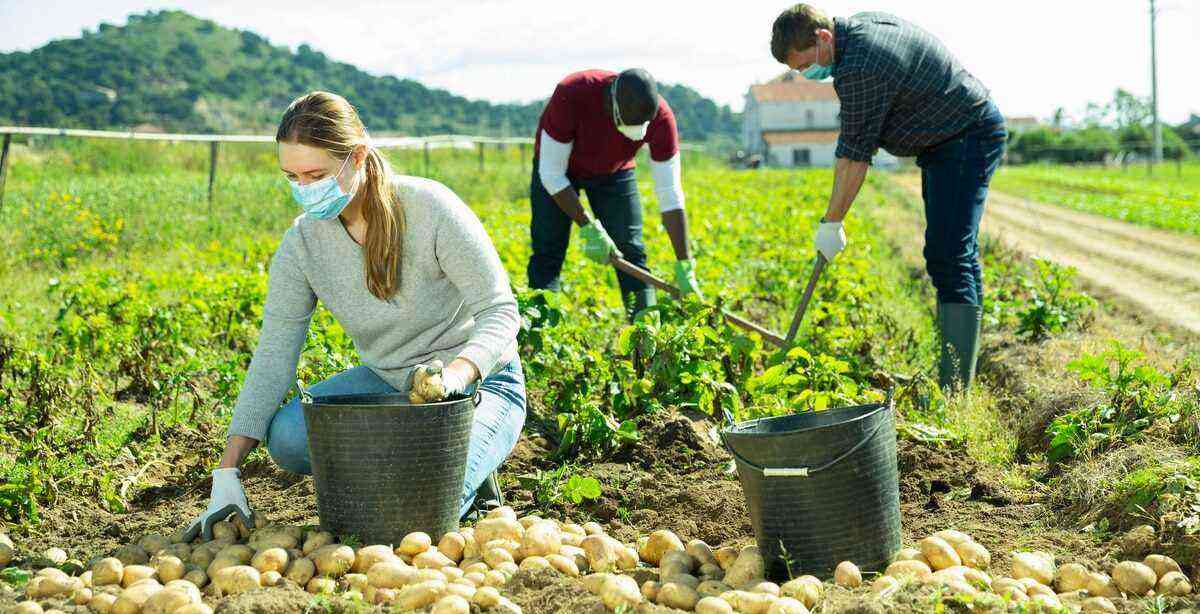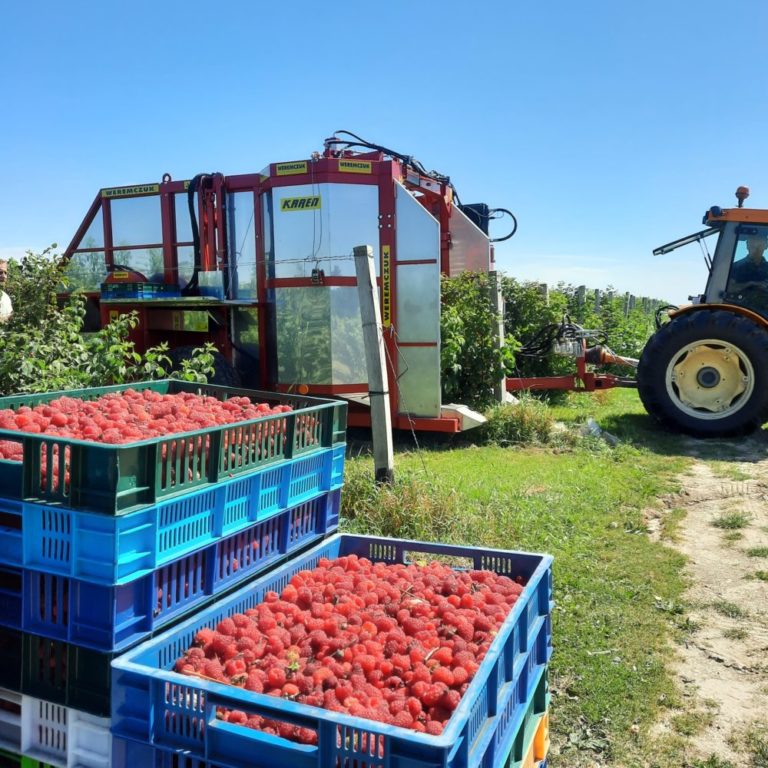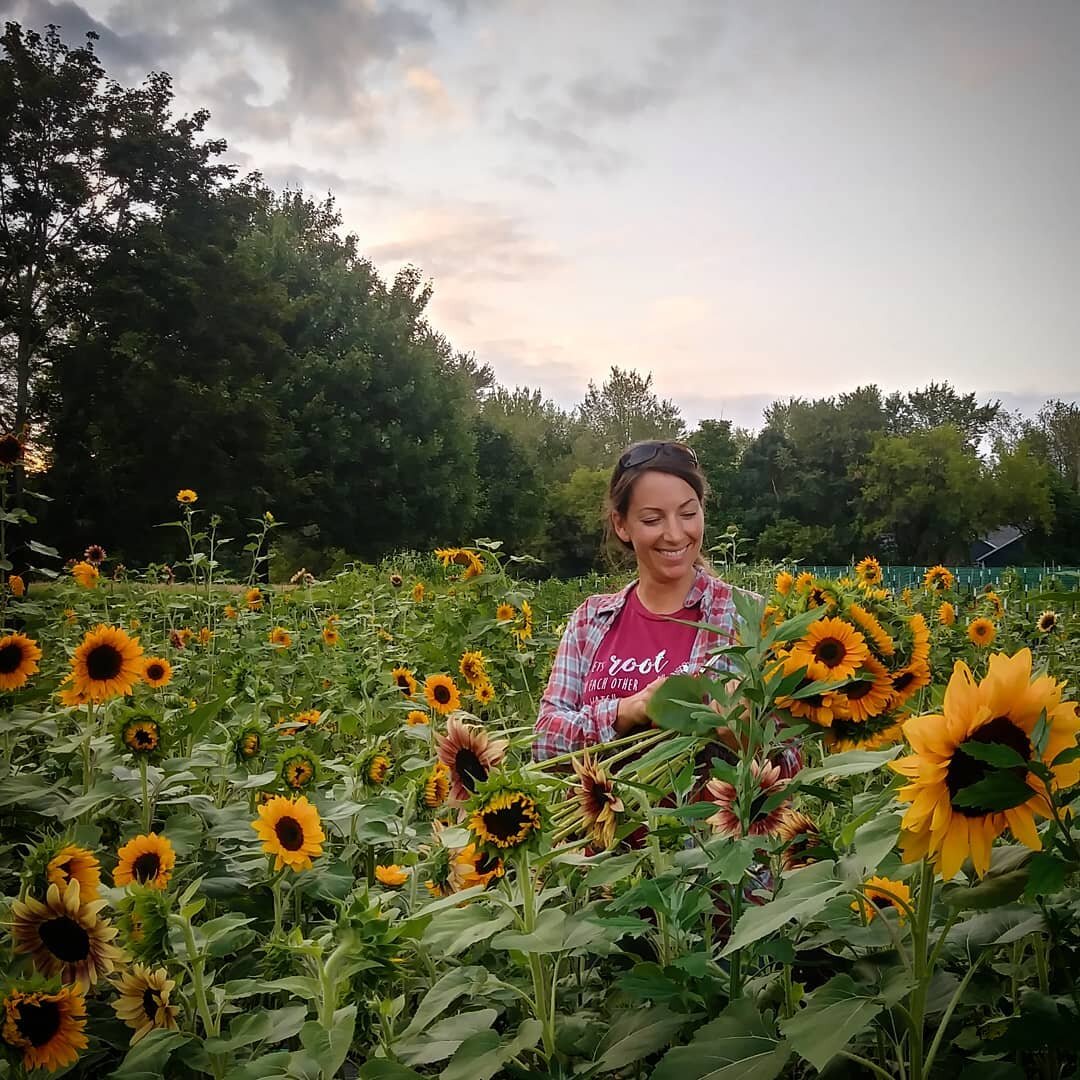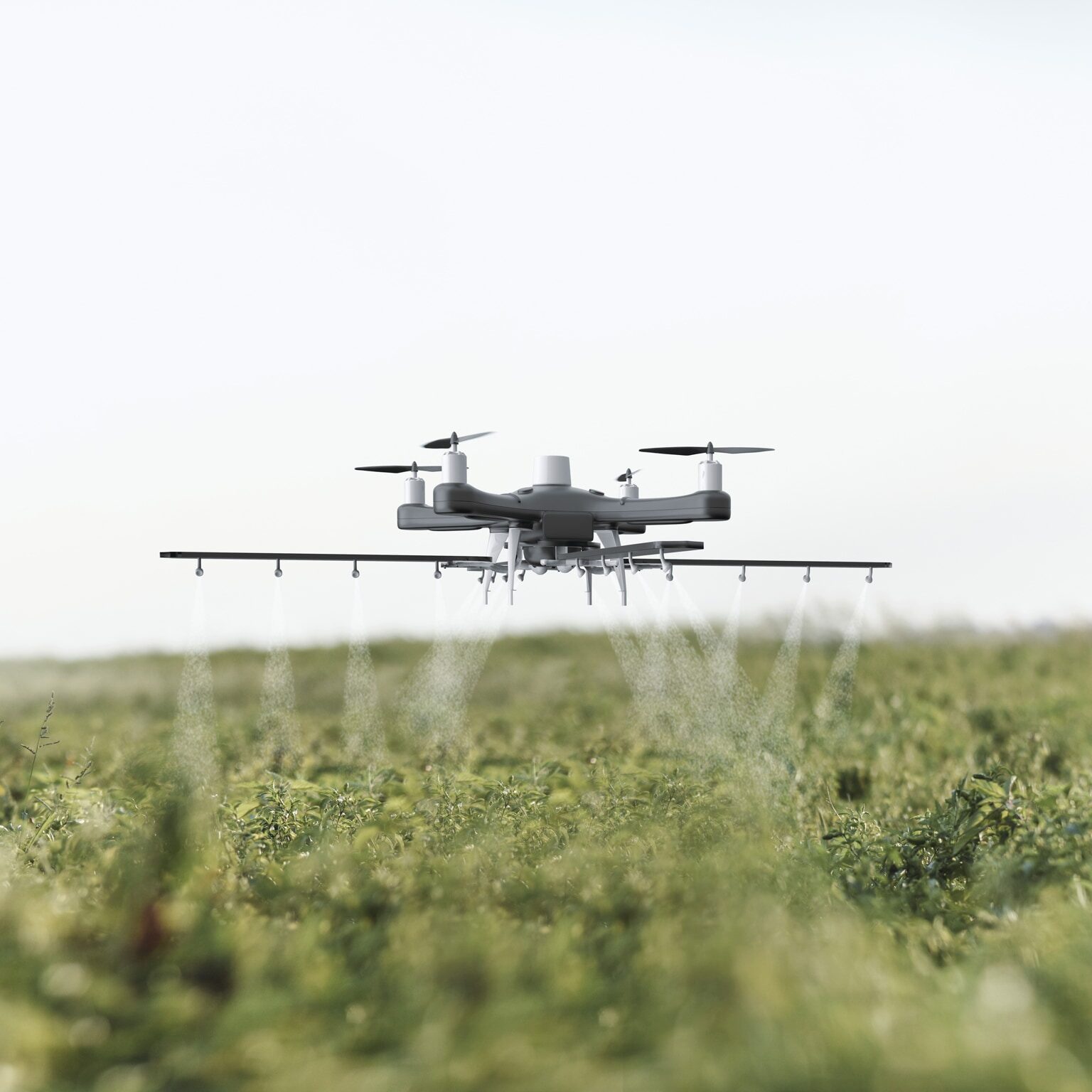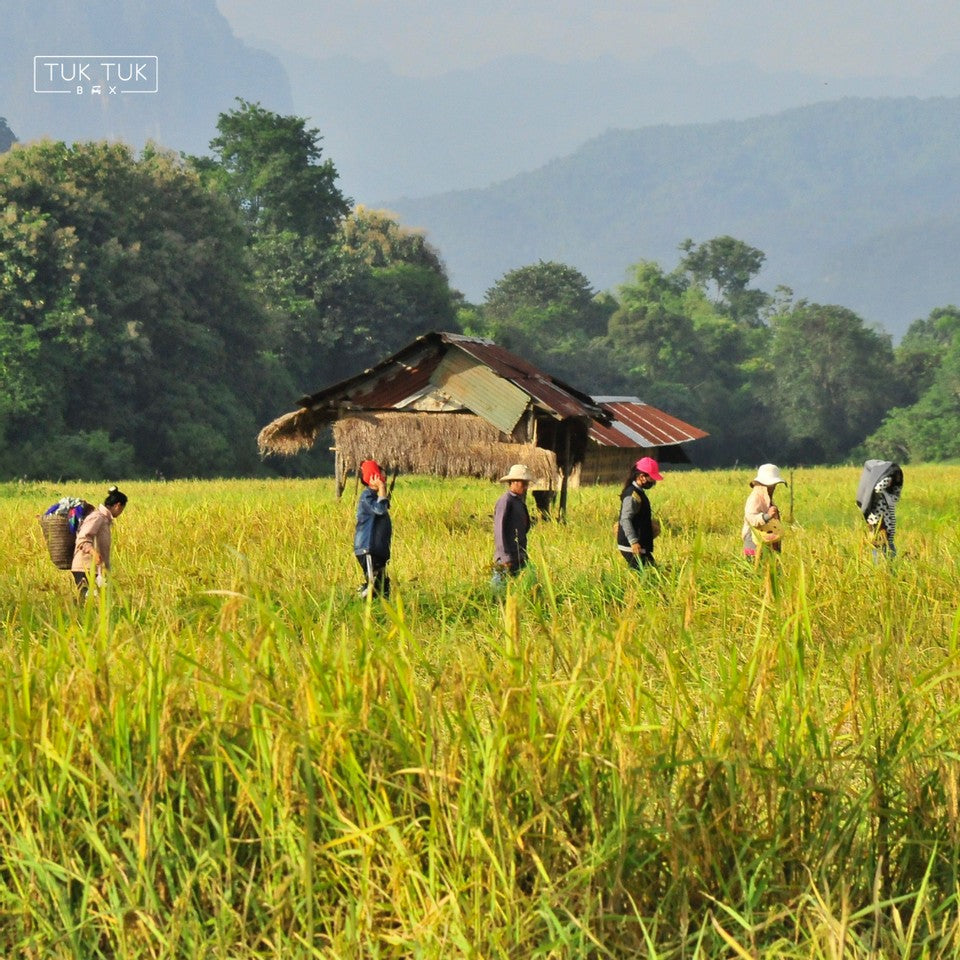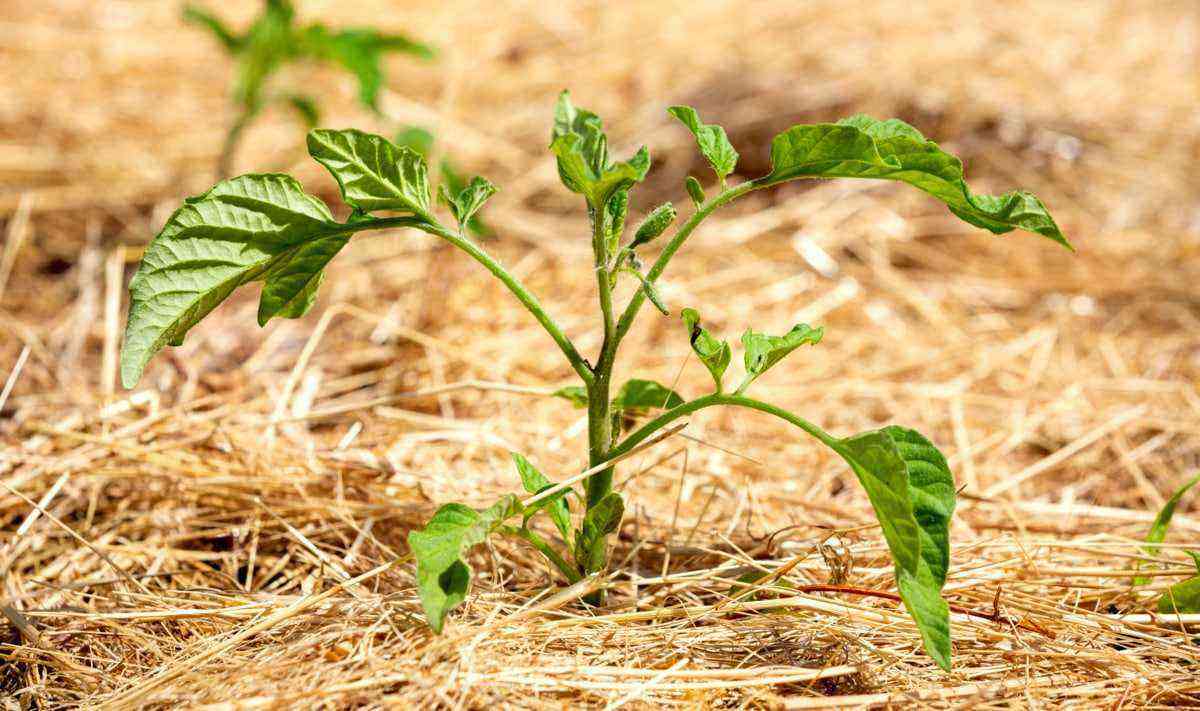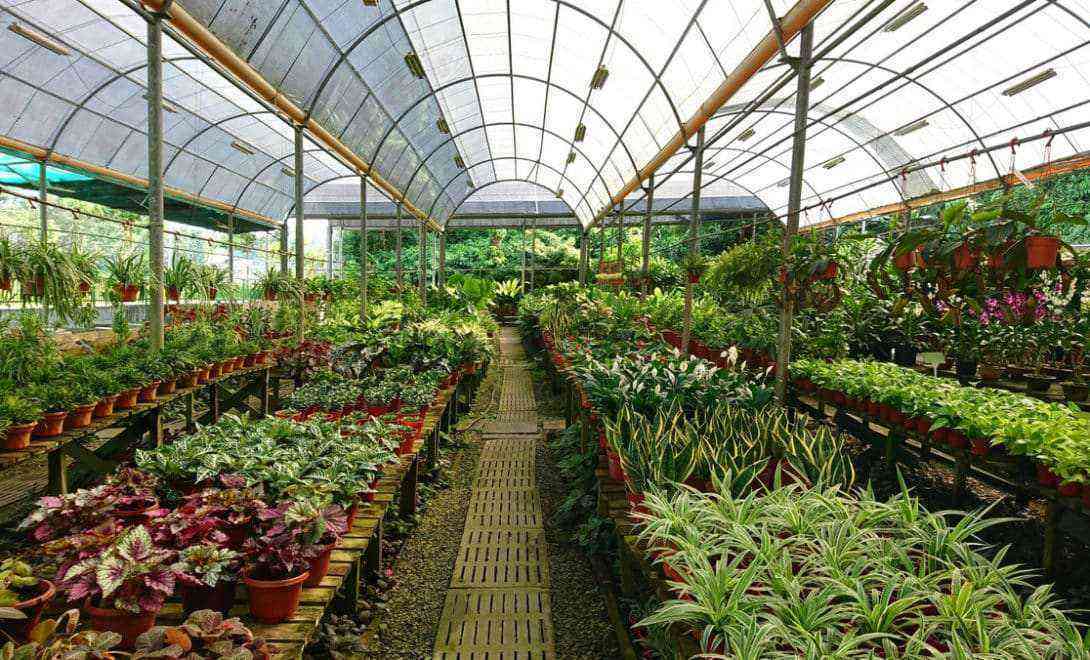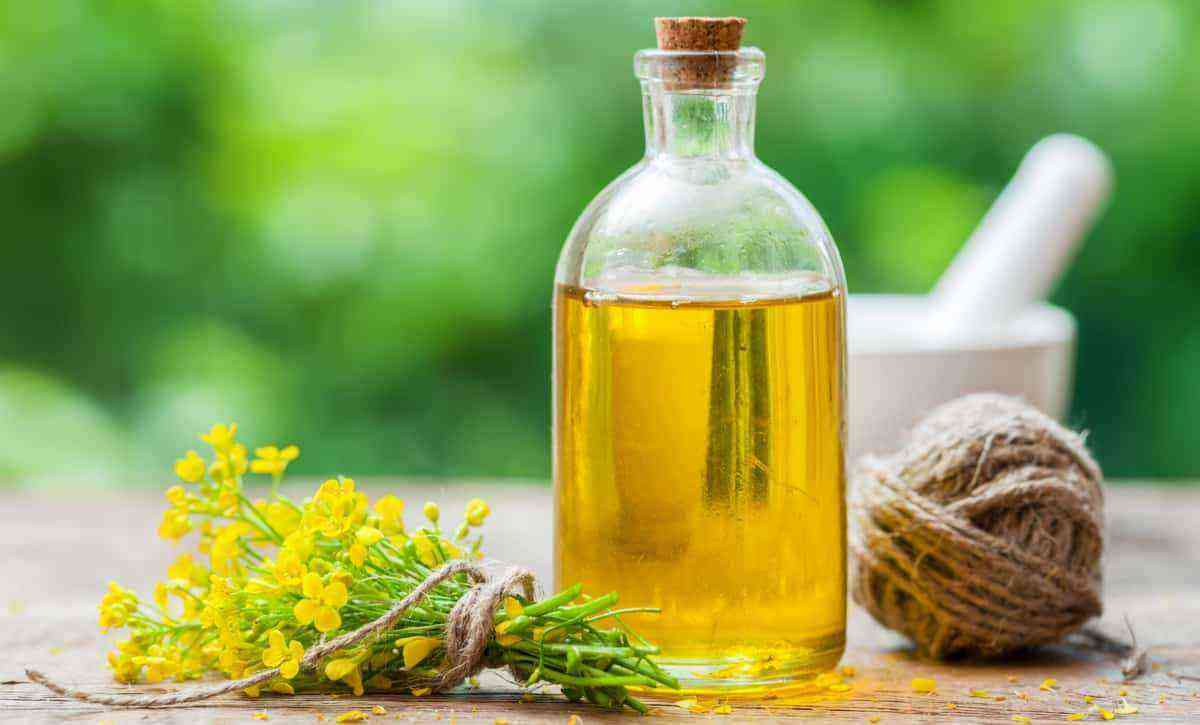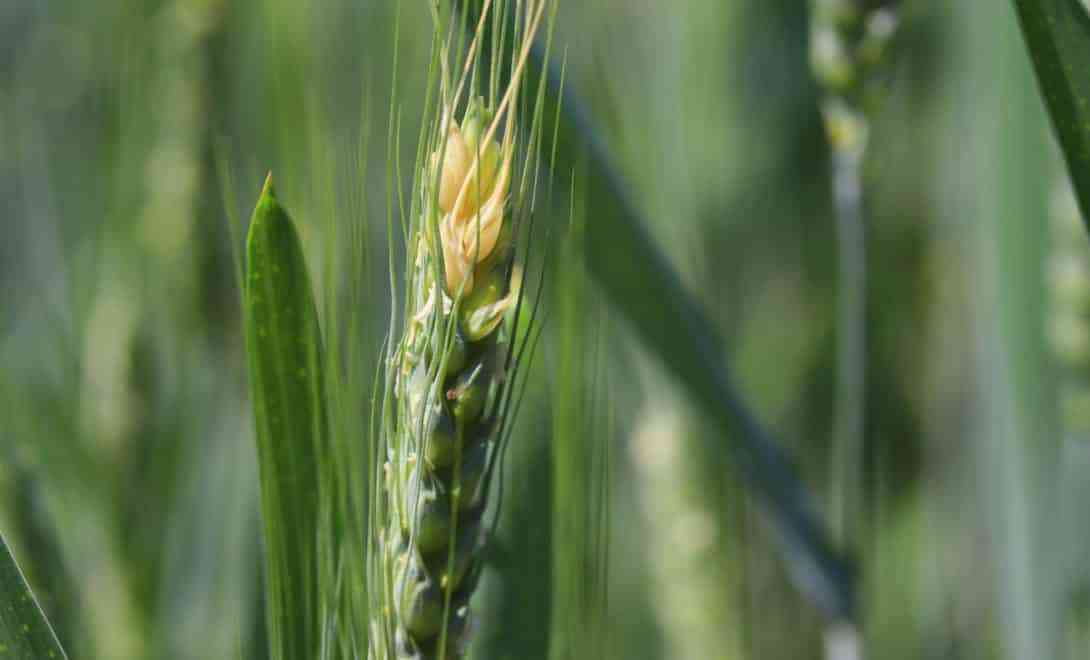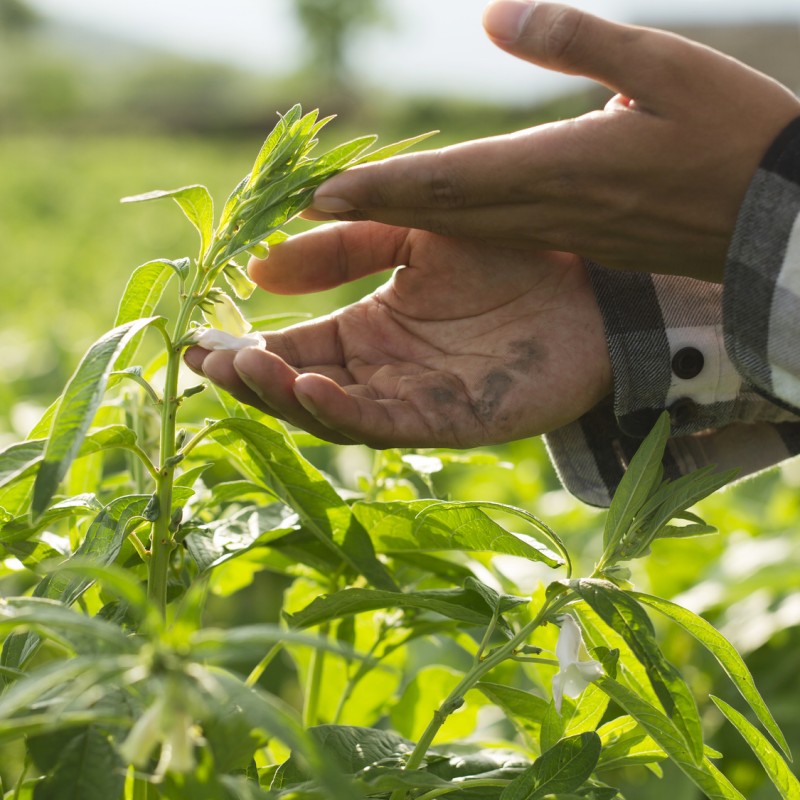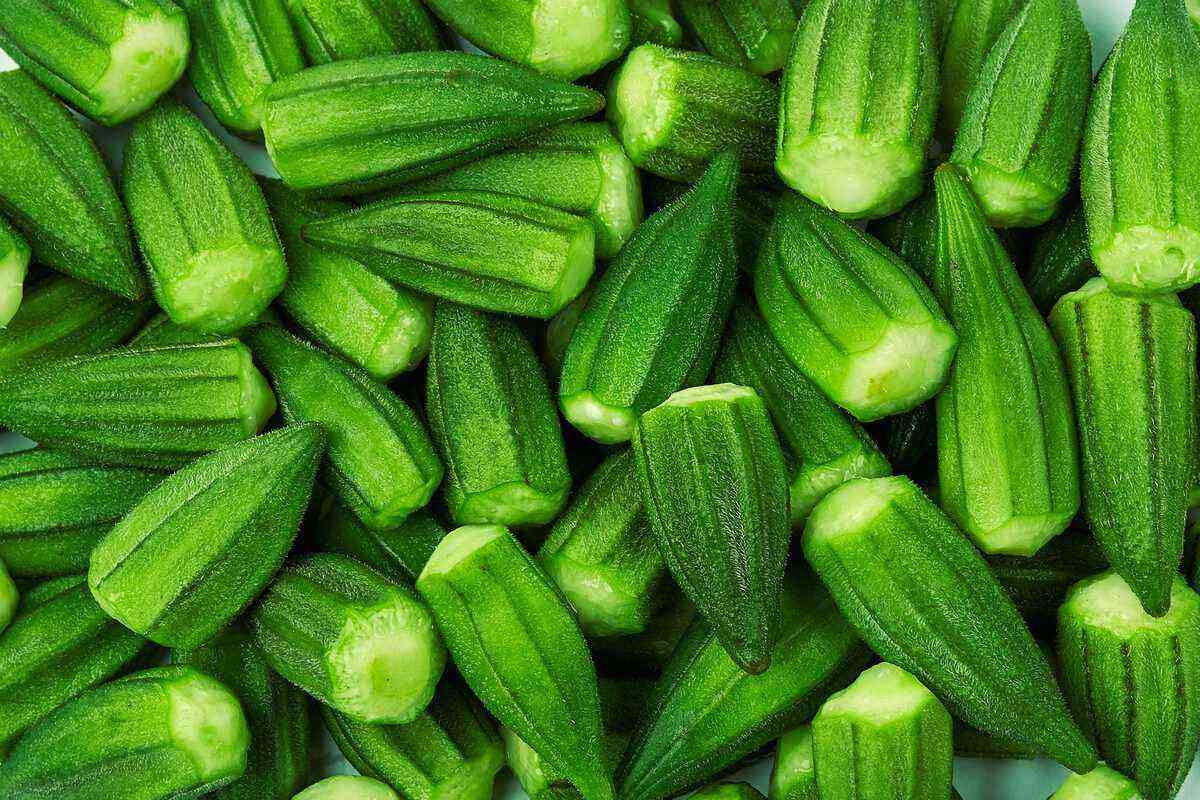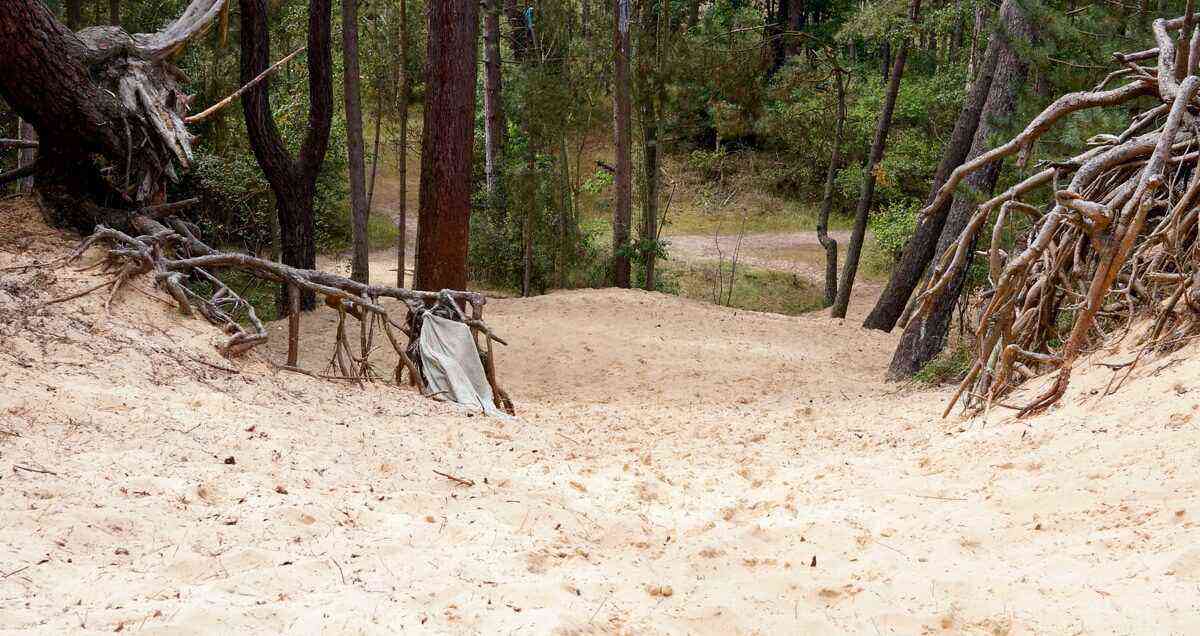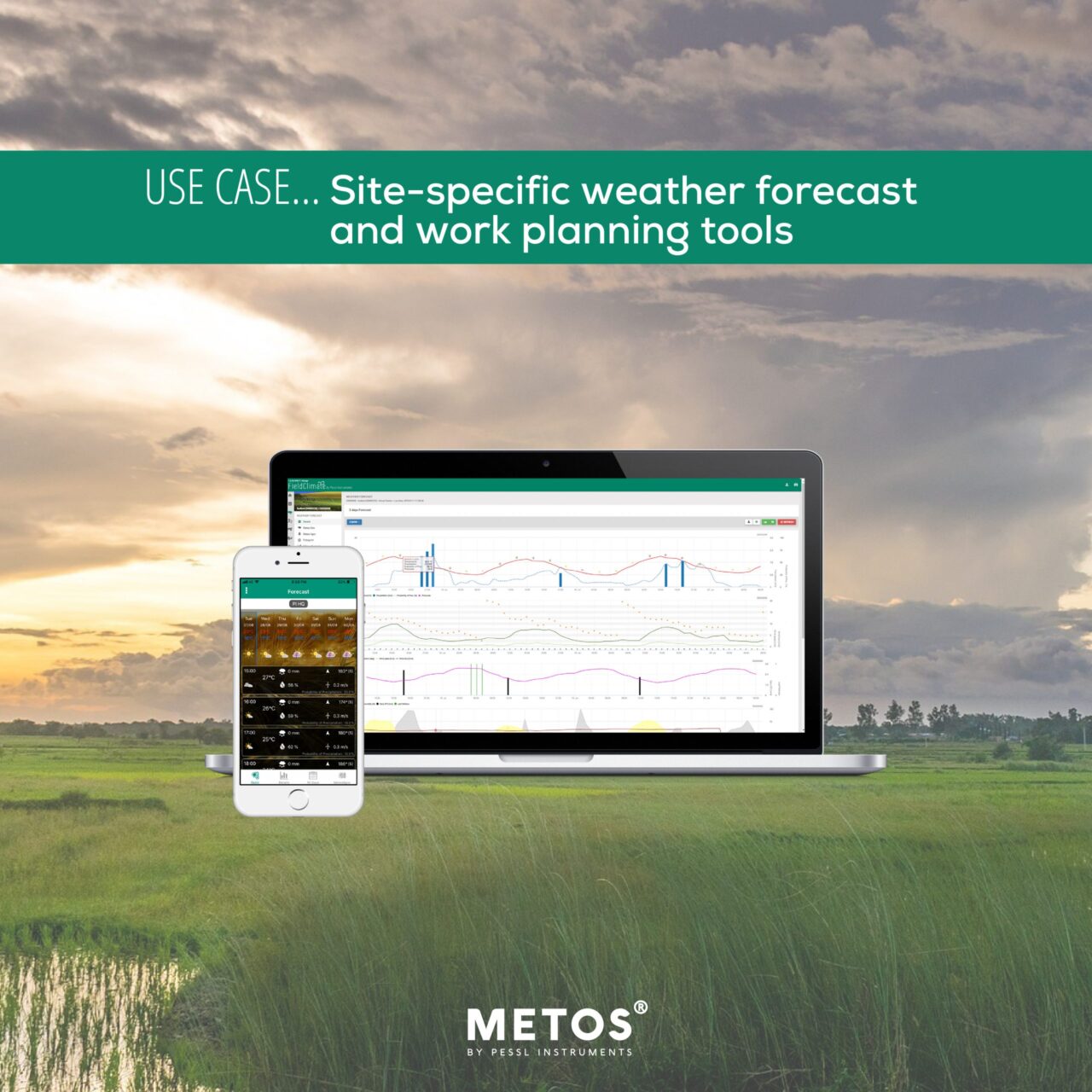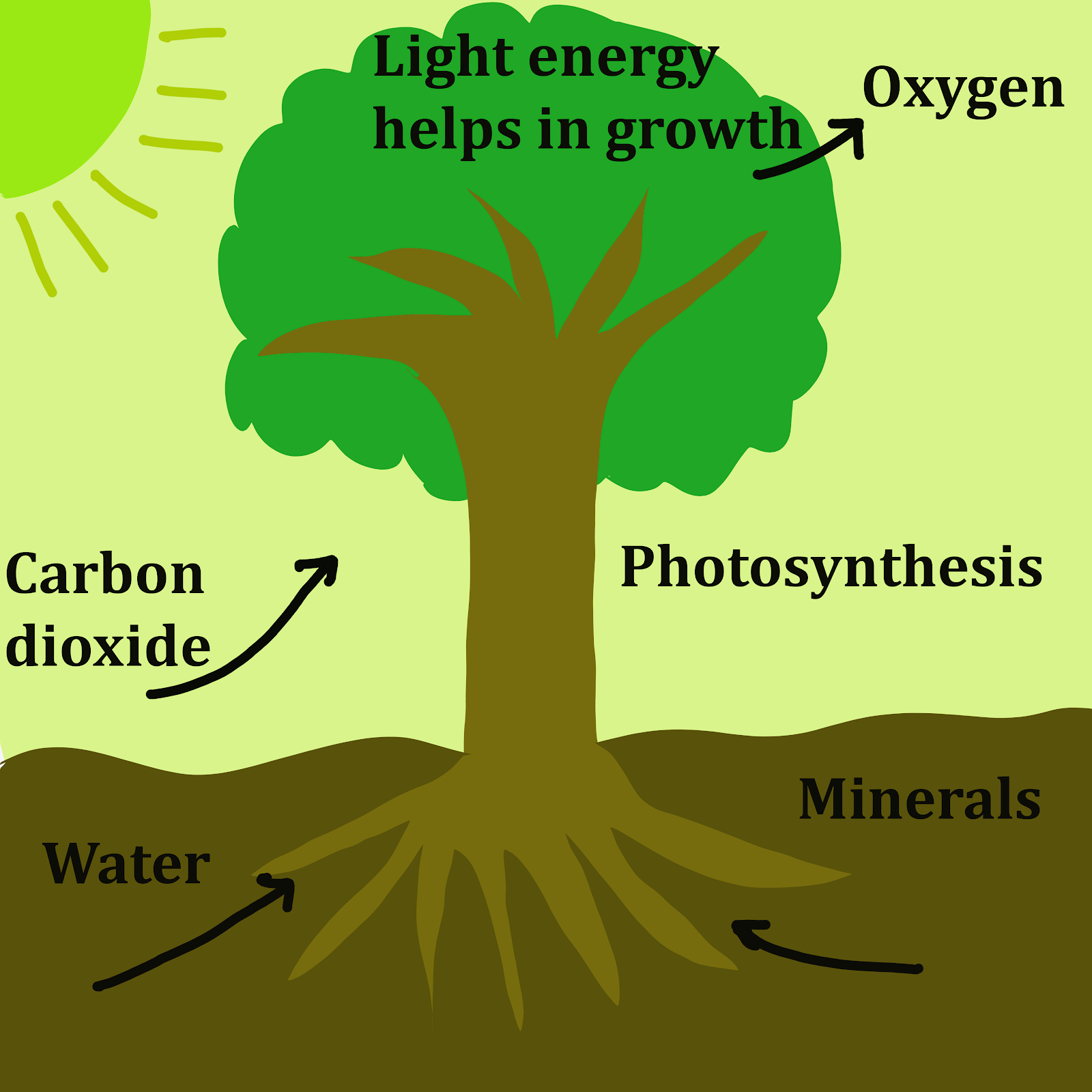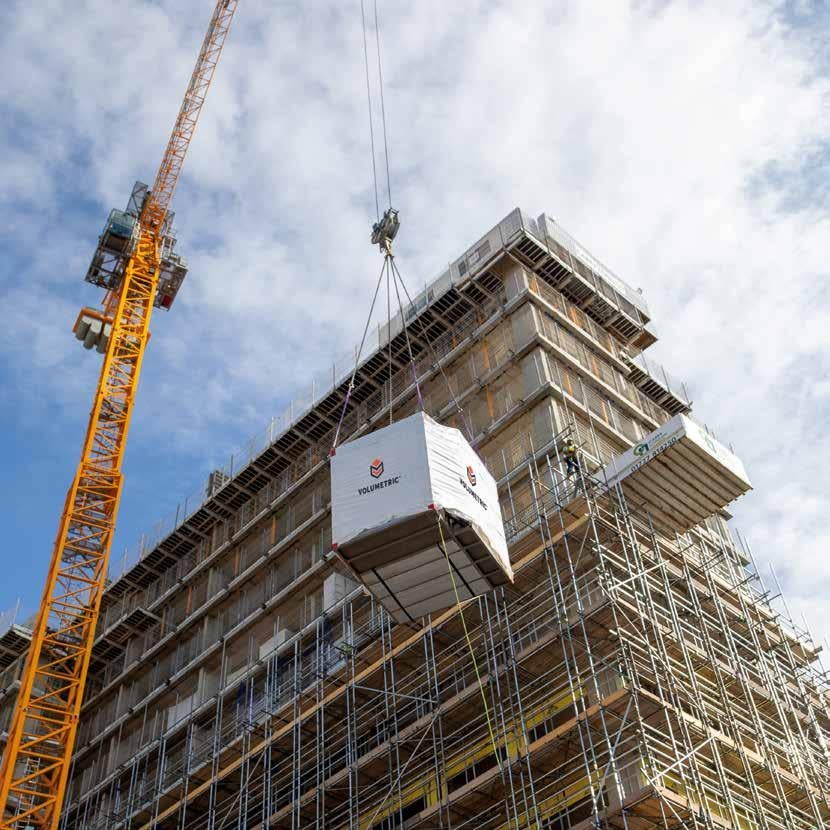One of the factors that guarantee the success of a farm is the control of expenses by the farmer, who is able to understand what can be cut or changed in relation to the production of his inputs, in order to maximize his profits.
In this text, you will understand what is the agricultural production cost, how it works, what is the importance of carrying out this survey and how fixed and variable costs can change the result of this process. Interested in the subject? Keep reading!
What is the cost of agricultural production?
Production cost is the average cost of producing a commodity unit, for example, R$40 per 60 kg of oats. Its calculation is done by dividing the costs of agricultural activity by the yield produced.
At first glance it may seem simple, but it is not quite so, since each commodity and rural companies have their own production costs, which requires a large amount of information and even constant analysis for the calculation to be effective.
Furthermore, this demands a great deal of planning from the company, as it needs to collect, organize and update this data constantly, in addition to maintaining the discipline of performing the production cost calculation with a certain frequency.
 Collecting and organizing information about production costs is a step that requires a lot of discipline
Collecting and organizing information about production costs is a step that requires a lot of discipline
How does it work?
In order to calculate the production costs, it is first necessary to gather the value of all the inputs necessary for the production of the commodity, such as fertilizers, seeds and other products that were used in the crop.
Within the calculation, the amounts spent on the labor responsible for planting and harvesting these inputs must also be entered. It is preferable to count on hours worked actively in the field rather than a fixed amount, as there may be periods when work has been idle.
Another factor that should also appear is the costs with the machines used. Even though they weren’t bought for that particular harvest, you need to think about their diluted value over their entire lifespan.
With the sum of all these expenses, it is necessary to divide this amount with the total collected by the income from the harvest. That way, you will be able to know how much you needed to spend to produce that specific amount and you can use this information to lower the costs of the next harvest.
The value found is always taken as reais per hectare or reais per bag, depending on the type of input being calculated. It is also possible to perform the calculation in two ways: taking the information from the entire farm or dividing it by fields.
The second option is considered more accurate, as it only takes into account information from a delimited terrain. However, gathering such specific information may not be an easy task. Therefore, the ideal is to start calculating taking into account the whole terrain.
So, when you feel more confident and master the calculation of agricultural production in general, you can start to make deeper analyzes in specific sectors and fields of your farm, better understanding the real expenses of each of these places.
 Data must be updated for each agricultural season
Data must be updated for each agricultural season
How important is this survey?
This calculation is an essential part of rural property management, since the producer needs to know if he is making a loss or profit in the production of his commodities. Only then will he be able to propose measures to reduce the amount spent on plantations and thus maximize his profits.
In addition, the rural producer will be able to better understand how his own farm works, knowing the steps that spend the most and what can be done to make them cheaper.
This information can still be useful in several other decisions on the farm, such as the possibility of opting for other products during certain periods of the year, as they end up having a higher price or the cost to produce them is lower.
One advantage of carrying out this calculation is the fact that the rural producer is able to identify waste in the crop, such as the excessive purchase of a certain product, fertilizers, or the high cost of maintaining certain equipment.
With this, the producer can reduce the purchase of certain products or change the brand or supplier to lower their price, as well as opt for machines that have a lower maintenance cost.
In addition, it is also possible to compare the planned cost with the actual value spent on that commodity. With this, it is possible to align a budget closer to reality or even cut expenses to get closer to the budgeted amount.
It’s important to see your farm as a business. It is necessary to make certain controls to guarantee a good profit and the minimum possible of unnecessary expenses or waste, after all, this means money being thrown away.
What are the fixed and variable costs and how do they affect the calculation?
Fixed costs are those that do not change, regardless of the amount of production made by the producer. Some examples of fixed costs are: taxes, payroll, maintenance and depreciation of machinery and infrastructure.
Variable costs, on the other hand, are those whose value varies according to the amount to be produced by the farm in that period. The main examples are: seeds, fertilizers, fuel for machines, pesticides, seasonal or hourly labor expenses, among others.
It’s important to add these costs into your calculation, as they can be crucial to understanding what can actually be heavy on the production of certain commodities and what can be done to reduce that value.
So, understanding what the agricultural production cost, how it works, what is its importance for the rural producer and how fixed and variable costs interfere in this calculation, you can have a more realistic view of the costs for the production of inputs on the farm, in addition to having greater control over expenses in production.


